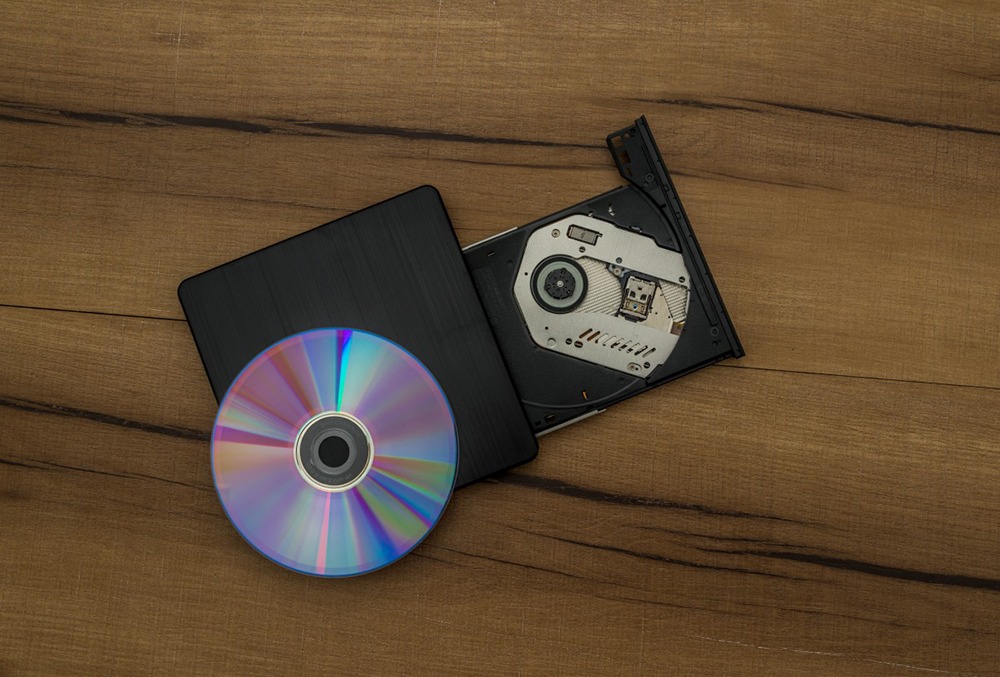Did you know that even a moderately skilled musician can earn a passive income with music licensing? Heck, you don’t even need to be a musician. You just need to create some music, follow a strategy, and show some persistence. Below is a checklist you can use to get started with this passive income business model.
What is music licensing anyway?
A lot of entrepreneurs looking for ways to generate a passive income aren’t musicians. Music licensing allows them to make a good living by creating music from scratch and giving rights to it to a particular company or project manager. In exchange, the music creator gets compensated for the rights/license. As the digital landscape expands with the growth of YouTube, apps, and independent podcasts, the need for cost-friendly licensable music will keep growing to fulfill the need of content creators.
How do I do this?
If music licensing is completely new to you, here are the steps you need to follow:
Create some stock music
This is the easiest way to get started. Stock music is what you hear in the first 30 seconds of podcasts and YouTube videos. To make stock music, play some beats or chop up your existing tunes down to 30-second chorus (a funky breakdown, for example. Make sure to create your own music using digital software or raw instructions because it’s essential to own the rights to the tunes you intend to submit. If the tune is going to be co-authored, make sure your partner is aware that the music is going to be licensed.
Get in touch with the Performance Rights Organization (PRO)
Another critical part of the music licensing is to get your tunes registered with the Performance Rights Organization. These ensure you’re paid a loyalty when one of your tunes go up on the television or radio. In the United States, this could be with BMI or ASCAP. In the UK, you’d need to get in touch with PRS.
Sell your songs in music libraries
While you can sell your music directly to recording companies, they’re unlikely to entertain beginners. So, a better approach would be to start with music libraries. New music creators can list their music on pond5.com or audiojungle.net. They have a big group of buyers and just the right balance of quality. The AudioJungle website even has the option of listing songs exclusively or un-exclusively in return for a larger payout. The former website just accommodates non-exclusive tracks. Exclusive here implies that you’re barred from listing the same track on other libraries. Another exclusive track site is Premiumbeat.com.
Know the way to get paid via the library
You’ll generally receive a performance loyalty based on the number of downloads. However, there are other payouts you need to be aware of. In music libraries., there’s a sync fee that the music library receives from its users in advance. They’ll usually split this with the creators 50/50 based on the licensing agreement. In addition, a music library might share some portion of its ad revenue with it. So, if your tune lands up in a YouTube video, you’ll be given a portion of its ad revenue. However, you’d need to sign up for a Content ID program. There’s no need to worry about this if you’re just a beginner.
Go through the guidelines
Guidelines are important. Make sure to read them for any of the sites you submit your music to. Most of them will specify a limit on the number of tracks you can send for listings. Once you reach that number, you’ll need to wait a bit before the website accepts more submissions from you. Also, don’t worry if you can’t get your names up on Spotify. These are just trivial factors that shouldn’t prevent you from pursuing the passive music licensing business model. As long as your tracks are decent, you’ll end up making money one way or another.
Know what price to charge
Many stock music hosting websites lets you define a price for your tracks, which is handy for discovering the ideal pricing for your music. With that said, you can always modify the price and see how it impacts your transactions. One idea is to view the existing tunes in your genre to get an idea of the price range. Normally, pricing starts from a single dollar and goes up to $700, but there’s always a “sweet spot” you can target. This won’t always be possible, because some libraries will take care of the pricing.
This is how you generate a passive income with music licensing. We hope this article serves as a guideline that you can follow to make money with this business model. As for the payment, you can link your bank or PayPal account to the music library you list your tracks on. Expect to be paid every month or quarter.

